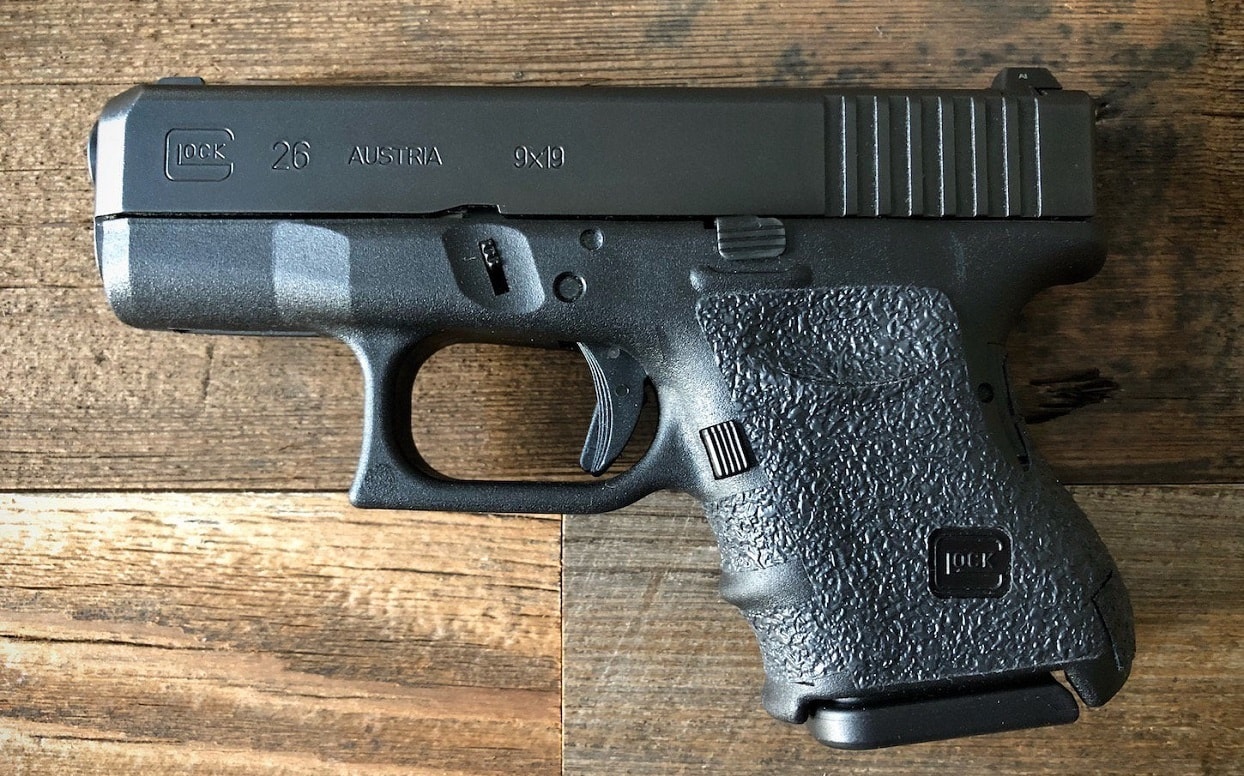Gun Buyback Programs – They Won’t End Gun Violence: The events have been described as “a successful way to engage the community,” while organizers have labeled them “a day of peace.” They are gun buyback programs (GBPs), where the local police or community organizers pay individuals to turn in their firearms.
In these events, the organizers offer various sums of money for individuals to turn in “unwanted” firearms, often with “no questions asked.” GBPs are touted for “getting guns off the streets” and making communities safer. But do they actually save lives?
Gun Buyback Programs: What Does the Research Say?
A new report from the National Bureau of Economic Research suggests that there is “no evidence” that gun buybacks reduce crime gun crime. The paper differed from past studies as it looked at an array of gun buyback programs rather than focusing on a single city’s efforts. In total researchers identified 339 GBPs spread across 277 cities, and examined public records to determine the number of firearms sold in each of those cities.
“Using data from the National Incident-Based Reporting System, we find no evidence that GBPs reduce gun crime. Given our estimated null findings, with 95 percent confidence, we can rule out decreases in firearm-related crime of greater than 1.3 percent during the year following a buyback,” the paper’s authors wrote. “Using data from the National Vital Statistics System, we also find no evidence that GBPs reduce suicides or homicides where a firearm was involved.”
Several factors were cited for why the programs often fail.
“First, if the price city governments are willing to pay gun owners is less than the value of the firearm for most sellers, a relatively small number of firearms may be collected. Second, if criminals believe law-abiding citizens (and potential victims) are relinquishing their firearms, then they may be more willing to commit gun crimes following a GBP. Moreover, if GBPs induce gun owners to turn in older forearms that are not well-functioning, or the income gained from the sale of the firearm is used to purchase newer, more effective guns, gun violence could rise. Finally, repeated GBP programs may permanently lower the ownership cost of a firearm, also leading to an increase in newer firearm purchases.”
The paper concluded that GBPs are simply an ineffective policy strategy to reduce gun violence.
The study concluded that GBPs could even result in a short-run increase in gun violence in the two months following the buyback. That is because the programs actually seem to target low-risk firearms that could be more likely to deter crime than to be used in the commission of a crime.
“GBPs have been ineffective at deterring gun violence and have been an inefficient use of taxpayers’ dollars,” the authors noted. “This conclusion suggests that alternative crime-fighting policies, such as child access prevention gun safe storage laws and stricter background checks, are likely to be much more effective policy strategies to deter gun violence.”
Long History of Buybacks
It is unlikely even following this report that GBPs will end anytime soon. Local media likes to report about the “guns being taken off the streets” while the events create a feel good moment that something is being done about addressing gun violence.
However, it is clear the efforts have failed and should be seen as a waste of taxpayer money.
The Foundation for Economic Education (FEE) reported that the first-ever buyback occurred in Baltimore in 1974 when citizens were paid $50 for any firearms. The city collected some 13,500 at a cost of $660,000. Today that would set back the cash-strapped city millions of dollars – and clearly, the event five decades ago did little to stop a rise in crime.
“Costs are substantially larger at the national level,” the FEE reported. Australia’s massive 1996 gun buyback program, for example, collected 640,000 firearms, costing taxpayers some $230 million. A buyback on that scale in the US would involve the collection of about 78.6 million firearms, researchers said. The cost would likely be tens of billions of dollars.”
Gun Buyback Programs: Just a Waste of Time and Money?
These good intentions often end up simply wasting public funds.
A previous FEE story from December 2018 told how the City of Baltimore offered $25 for residents to turn in “high capacity magazines.” At the time it was possible to order such magazines for $11 to $13 – so a savvy resident could have bought in bulk and potentially doubled his/her money.
Then there is the fact that many of the guns turned in are in a word: “junk,” in the absolute literal sense. In 2019, a YouTuber made a “pipe gun” out of scrap and was paid $300 at a GBP in Missouri. This is all too common where a hodge-podge of nearly worthless gun parts could be assembled into something barely resembling a gun – and the seller is paid out “no questions asked.”
Peter Suciu is a Michigan-based writer who has contributed to more than four dozen magazines, newspapers and websites. He regularly writes about military small arms, and is the author of several books on military headgear including A Gallery of Military Headdress, which is available on Amazon.com. Peter is also a Forbes Magazine Contributing Writer.

